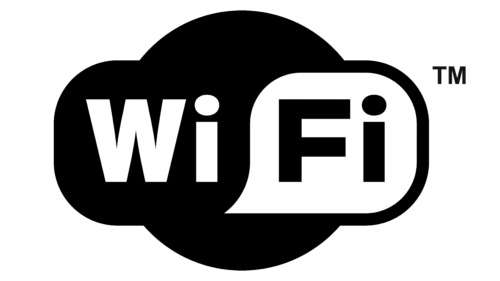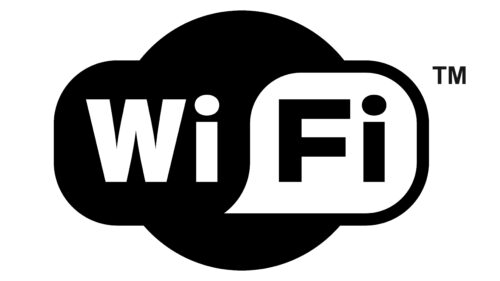Wi-Fi, a technology primarily for wireless local area networking, is overseen by the Wi-Fi Alliance, a nonprofit organization that promotes the adoption of Wi-Fi worldwide. Founded in 1999, the Wi-Fi Alliance is responsible for the certification of Wi-Fi products based on the IEEE 802.11 family of standards. Wi-Fi has revolutionized the way people access the internet, eliminating the need for physical cables and enabling a more mobile and interconnected world. With its roots in the United States, the Wi-Fi Alliance’s influence has grown internationally, guiding the proliferation of wireless technology in homes, offices, public spaces, and various industries around the globe.
Meaning and history
Wi-Fi technology emerged from the efforts of a group of tech companies in 1999, leading to the foundation of the Wi-Fi Alliance. It is dedicated to ensuring the interoperability of wireless devices based on the IEEE 802.11 standard. Throughout its existence, Wi-Fi has achieved remarkable milestones, from enabling wireless internet access in homes to ensuring robust connections in bustling airports and cafes. With continuous advancements, it introduced faster speeds, improved security, and wider coverage. As of the recent years, the Wi-Fi Alliance continues its mission, steering global standards for wireless communications, influencing tech industries, and shaping the future of wireless connectivity.
What is Wi-Fi?
Wi-Fi refers to wireless networking technology that allows devices to communicate without direct cable connections. It’s overseen by the Wi-Fi Alliance, a global organization ensuring the interoperability and adoption of Wi-Fi standards and technologies.
1999 – Today
The logo is the universally recognized symbol for “Wi-Fi.” Its design is both simple and striking, balancing form with function to effectively convey its associated concept. Set against a stark white backdrop, the bold black elements of the design immediately catch the eye, with the cloud-like shape surrounding the textual component suggesting an ethereal, omnipresent nature—a fitting imagery for a technology that allows for wireless connectivity almost everywhere.
At the forefront of the design, the word “Wi-Fi” is prominently featured. The typography is unique, with characters that possess a sense of fluidity, especially evident in the lowercase “i” that has an elongated dot. This detail might symbolize the nodes or connection points of a network, subtly emphasizing the essence of connectivity that Wi-Fi represents. Moreover, the characters’ weight, width, and spacing are perfectly calibrated to offer maximum legibility, ensuring that the logo is unmistakable even from a distance.
In the upper right corner, the “TM” insignia, standing for trademark, is strategically placed. This small yet significant element serves as a reminder of the brand’s proprietary nature and the innovative strides taken in the realm of wireless technology. All in all, the Wi-Fi logo, with its distinctive design elements, stands as an emblem of the modern era—symbolizing not just a technology, but a lifestyle transformation that has reshaped how we communicate, work, and play.








